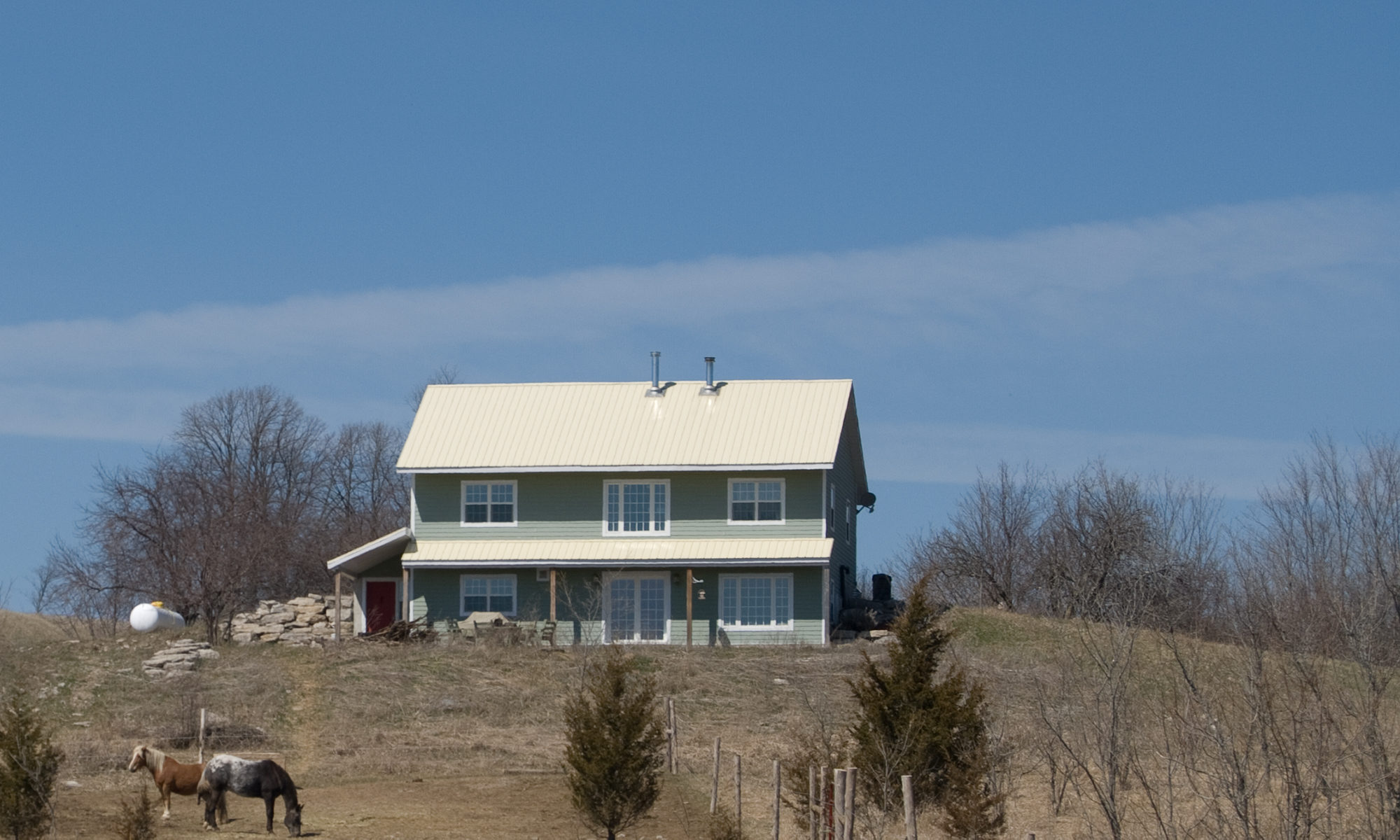On a construction site there is usually a generator running, producing noxious fumes and a lot of noise. There is a greener, quieter alternative. An idea I read about a few years ago was to use a battery bank and an inverter rather than a generator for powering tools on a construction site. In the case I read about the builder had a bank of deep cycle batteries in his truck attached to an inverter, a device that converts the DC power from the battery to AC power that can be used by the power tools. At night he would take the batteries back home and charge them using grid power and then return to the construction site the next day with the full batteries for another day of work.
The nature of the electrical load on a construction site is quite sporadic. A saw is only run when a board needs cutting, a compressor only runs once in a while to recharge. In the meantime, the generator is running all day, since the workers don’t want to be bothered turning it off and on as it is needed, so it is wasting fuel for no useful work for most of the day. Using a battery bank and inverter, there is only a very small amount of standby loss, and the inverter only turns on when power is needed. Since most tools are less than 15amps, a 2000 watt inverter would produce a sufficient amount of power. If more tools are used at once, a larger inverter, or multiple inverters could be required. The cost for this type of setup would not be a lot more than the cost of a good quality generator.
After the construction is finished, the batteries and inverter could be attached to a generator panel in the house to act as a backup power source in the event of a blackout. A generator panel is an electrical sub-panel that feeds the critical loads in the house, such as the freezer, refrigerator, and well pump. It includes a main breaker that can switch the power source from the electrical grid to a generator input in the event of a power failure.
If you are planning to add solar panels to the house, in either an off-grid or grid-tied setup, it would be worth considering purchasing the panels and inverter early in the building of the house in order to use them to power the construction site. The solar panels could be mounted on a temporary mount out of harms way and the batteries and inverter put in a box to keep them out of the weather.
